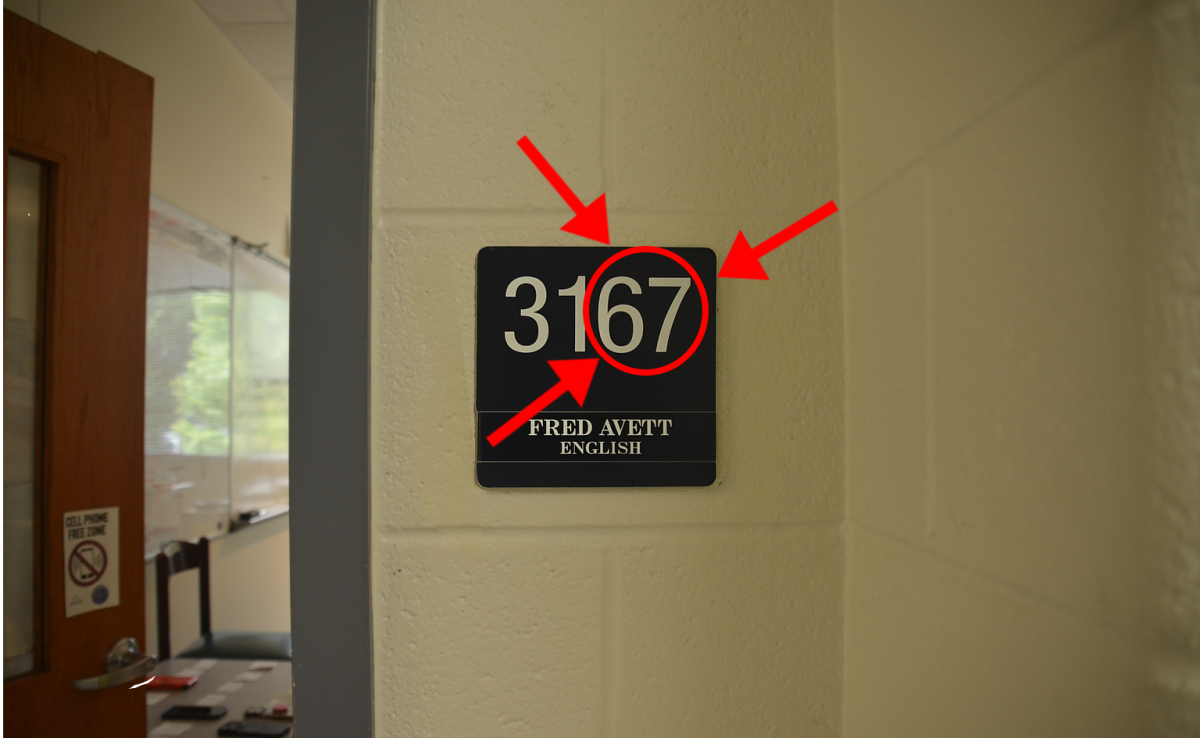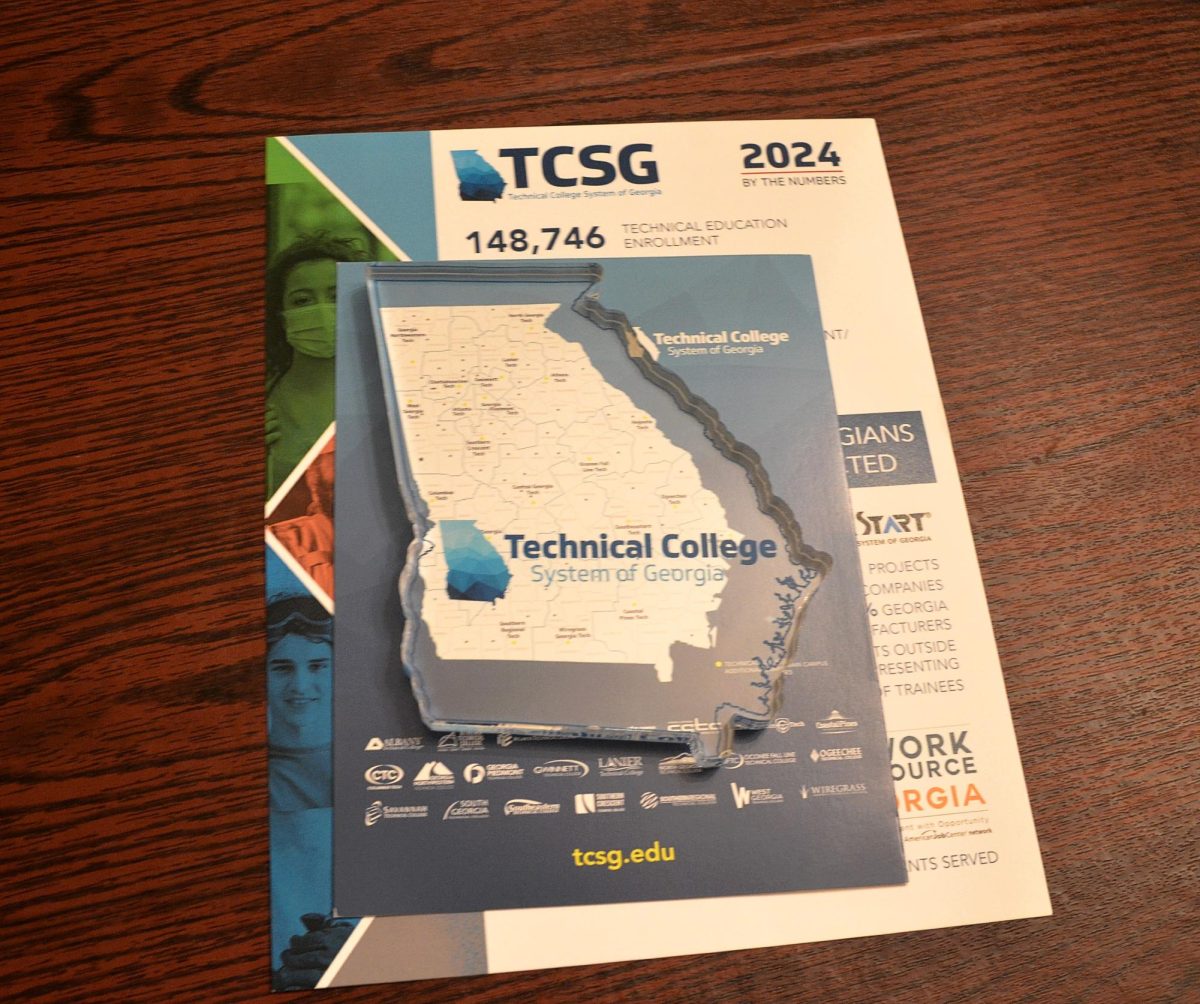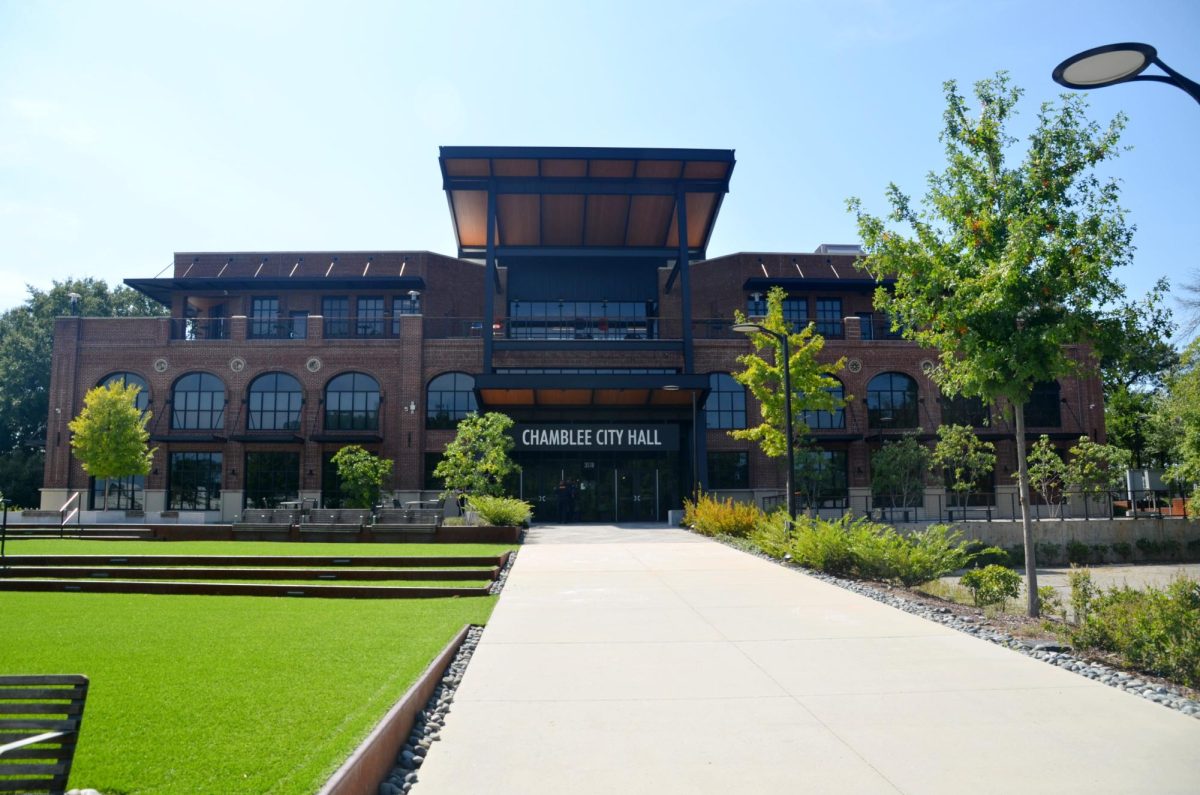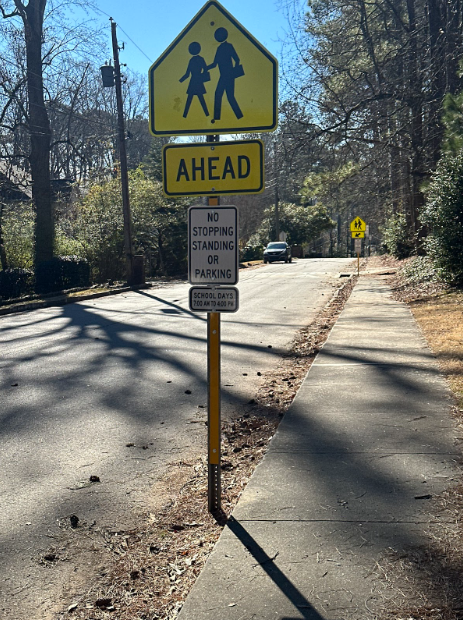With an ever-growing increase in technology use, many Chamblee students have begun to assist their older family members with technology-related issues. Members of older generations may struggle with keeping up with the latest technological advancements for multiple reasons.
“I think the biggest reason why older generations need more help with technology is that they didn’t grow up with it. Also, as a person gets older, learning new things becomes harder, and technology can be confusing if you aren’t used to using it,” said Jack Robinson (‘26).
In contrast, many students have grown up with technology, and it is a major part of their lives.
“I am probably the most tech-literate person in my family. I use computers a lot for school and for other activities outside of school, so I’m probably the most prudent person for technology issues in my family,” said Suhayb Ahmedin (‘24).
Chamblee High School also helps develop students’ technological literacy by engaging students in online activities.
“At Chamblee, we get issued school Chromebooks, so we use computers a lot. Since we’re using computers every day at school, skills learned in the classroom can be used to help solve problems at home,” said Robinson.
Also, Chamblee has classes that help students learn tech skills that they can use to help their families at home. These classes include Intro to Digital Technology and engineering and computer science courses.
“There are many courses at Chamblee, such as AP Computer Science A, that have helped me develop a background knowledge of programming and helped me better understand the foundations of technology. These classes have been extremely helpful in teaching me how to work with computers and AI (artificial intelligence),” said Tanaya Dave (‘25), secretary of Chamblee Technology Student Association.
Chamblee students use technology a lot in school, and home settings allow them to apply their learned knowledge in order to help their families.
“First, I diagnose the issue. Then, I target the problem and solve it in a mathematical way. The main problems that I have to solve for my family members are downloading apps, updating software platforms, and resetting frozen screens,” said Ryan Joshi (‘25), president of Chamblee Finance Club.
Technological help can also include setting up appliances such as routers, Google speakers, and Alexas.
“The most common technology issue that I help with in my family is fixing the Internet connection when it gets slow at my house. Also, I help by setting up different tech items like Google speakers. My grandparents especially need help when setting up different technologies, and I feel great when I can help them,” said Dave.
Students can also use their technological skills to help with family businesses, nonprofits, and projects.
“Usually, I help my dad with his technology issues. My dad has a nonprofit that he works with, so he has asked me to help set up Zoom meetings and help make flyers for the organization,” said Ahmedin.
Both Ahmedin and Joshi recommend for students to Google tech-related problems they can’t figure out on their own.
“The best thing to do if you don’t know how to solve a technology problem is to look up plausible solutions on Google. This helps you diagnose certain problems and possibly find YouTube videos or wiki websites to help solve them,” said Joshi.
If students are unable to find solutions online, it can be helpful to seek help from friends or teachers when dealing with IT issues.
“If I don’t know how to solve an IT issue, there are a couple ways I can figure out how to address it,” said Robinson. “First, I’ll look it up online either on my phone or computer. However, if I can’t find a solution online, I will ask a friend who I know is good with technology, or I’ll ask a teacher.”



















